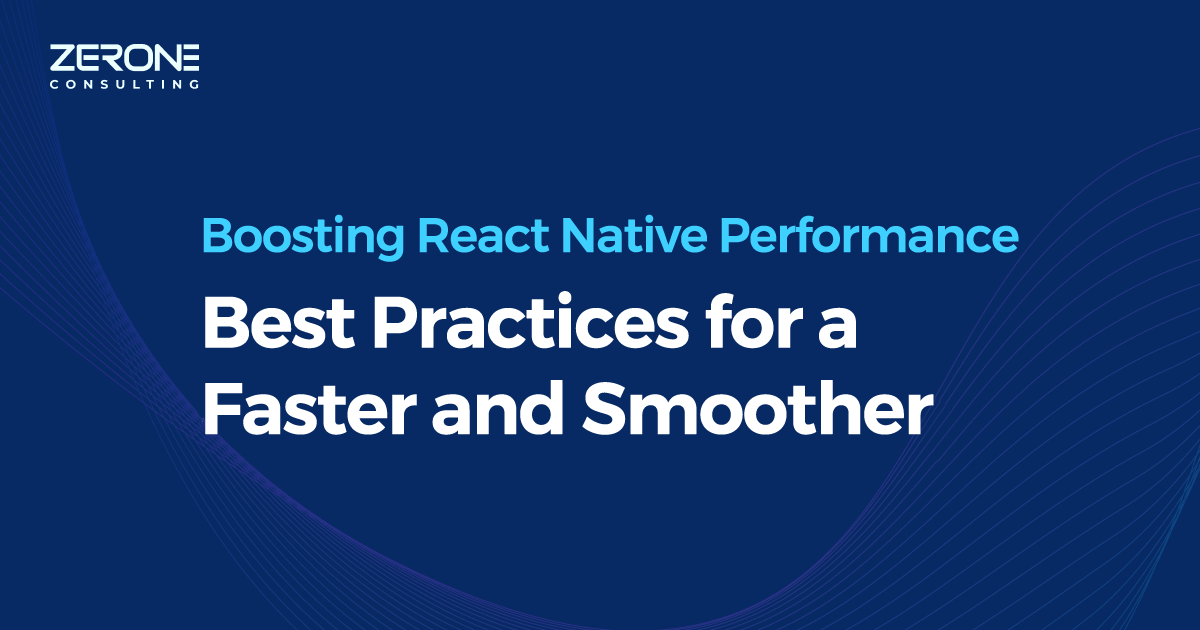Emerging Trends in IoT
The Internet of Things (IoT) has become ubiquitous, especially in the last decade. A recent PwC study postulates that IoT will add up to $15 trillion to worldwide GDP growth by 2030. With the advent of technologies like RFID sensors and Bluetooth beacons, there is a rising demand across multiple industries for digital transformation through IoT adoption. IoT has been envisioned as the network of the future that can leverage enterprises to make monumental decisions that can pave the path for newer revenue opportunities.
What are some of the emerging trends we can expect in the field of IoT technology in the coming years?
Healthcare Sector
The incorporation of smart technology in healthcare modernization has led to the rising popularity of the Internet of Medical Things (IoMT) in the last few years. Innovative approaches like Remote Patient Monitoring (RPM) and smart wearables collect real-time insights and allow medical professionals to deliver high-quality care by keeping track of vital signs and formulate treatment plans without being present in the same physical location as their patients. The advocation of big data IoT in the healthcare sector has led to the rise of a host of newer innovations that will invariably make life easier for both patients and healthcare professionals.
Smart Pills: These are quite similar to regular medication in the way it is consumed. However, smart pills are equipped with ingestible monitors that send signals to sensor patches worn on the patient’s body. These sensors then track the patient’s vital signs and relay it to the medical professional. Another invention that is likely to gain popularity in the coming years is the cloud-based smart pill monitors that send real-time alerts when a patient has missed a dose of their medication.
Smart Hospitals: This is an emerging modernization technology that combines the capabilities of RFID tracking and IoT technology to integrate routine hospital procedures and make them more efficient. Upon arrival, each patient will be given healthcare IoT systems like a bracelet containing an RFID tag that holds all relevant patient data. IoT sensors placed in various locations in the hospital will be able to collect and analyze this information to classify patients based on the priority of illness. This would efficiently take care of bottlenecks that occur in traditional hospital systems and make the process more methodical.
Asset Management
IoT-based asset tracking systems are generally used in enterprises that have highly distributed and valuable assets. These systems are able to track numerous devices and provide business intelligence to enhance their development initiatives. As the popularity of IoT-enabled asset tracking systems increase, what are the upcoming trends that will make it more efficient?
Incorporating REST architecture design: Due to the influx of large amounts of data from IoT systems, it is sometimes challenging to standardize its flow and allow interoperability. IoT solutions that have REST APIs incorporated will address this challenge to a great extent for asset tracking. REST APIs use HTTP specifications for most of their tasks and allows users to delegate and manage assets more effectively.
Predictive maintenance: Sensors that incorporate IoT and machine learning will be able to predict failure by gaining relevant insights from production data accurately. This reduces unexpected downtimes due to the failure of assets and the need for scheduled maintenance. Production data from the sensors are stored in a central repository and predictive analytic algorithms the analyze the root cause of failures and provide insights for predictive analyses.
Since there is an increase in the number of smart devices everywhere, the rate at which IoT systems will be used for digital transformation is sure to reach an all-time high in the next few years. IoT-enabled systems are revolutionizing most industries today, and the future is bound to hold many exciting possibilities.
We can help!


